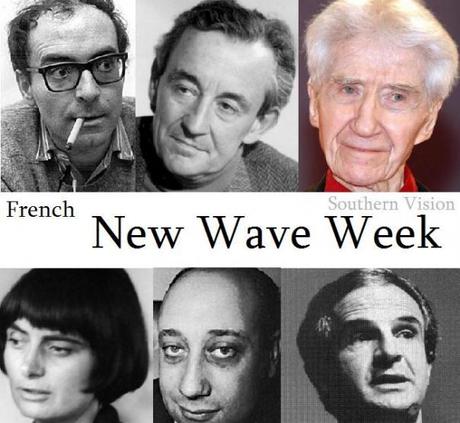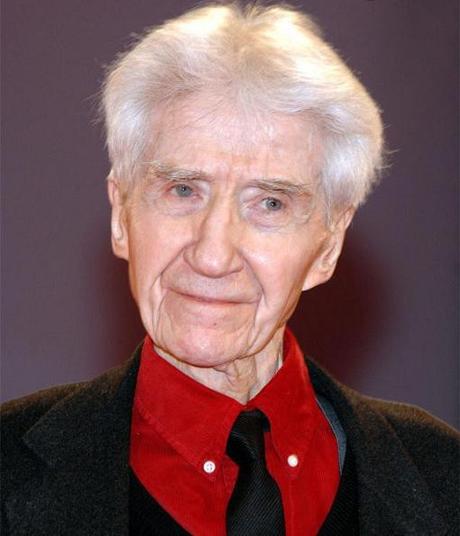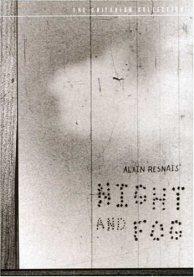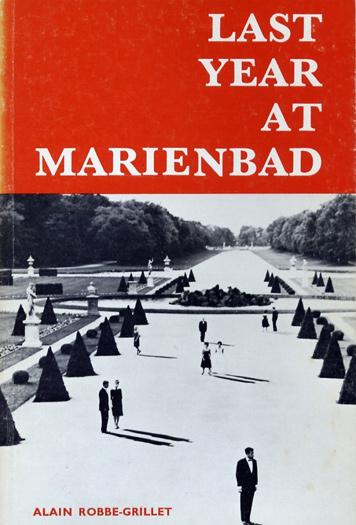
Hello everyone and welcome to Day 3 of the Southern Vision French New Wave week, where we examine six filmmakers whose movies were key to the development of French cinema (and thus cinema all over the world) during the 1950s and 60s. So far we’ve looked at Jean-Luc Godard and Louis Malle. Today, we have a look at the amazing Alain Resnais

Interestingly, Resnais preferred not to be associated with the French New Wave (or Nouvelle Vague, as it was known in France). He didn’t think his films qualified to be part of that genre, but I beg to differ. His three most notable, and arguably best films were made in the early, creative period of that time, between the years 1955 and 1961.

In 1959 Resnais went to Japan to make a documentary short about the nuclear bomb drop on Hiroshima, but while filming he decided to include fictional elements and it quickly became his first feature film, Hiroshima Mon Amour. The use of jump cuts, flashback sequences and exciting editing methods was just in time to coincide with Jean-Luc Godard’s famous manner of editing his feature film debut Breathless. Resnais’ film was a thought-provoking analysis of the differing opinions of war, and how certain people feel about such disasters.

This is where Resnais’ creative career peaked. His subsequent films in the decade continued to provoke more serious thoughts about politics and the madness France appeared to be laying in, but then Resnais’ career seemed to change path. This change in direction was marked by the unsuccessful science-fiction failure Je t’aime, Je t’aime. In 1977 he made his first English-language film, Providence, which established Resnais as fully capable of tackling films of a wider range. His next film, My American Uncle, returned Resnais to France and was a massive hit.
In the decades following this, Resnais’ films have continued to show diversity and skill in various genres, and while not all were successful, they all showed that Resnais had a passion for film and intended to continue making new, exciting movies. He recently announced plans for an adaptation of the 1941 play Eurydice, and the public eagerly await further development.
–
That’s Wednesday’s post. Return tomorrow for another awesome and informative post. Tomorrow we’ll be tackling the only female filmmaker in this series, the delightful, creative Agnes Varda. In the meantime… what’s your thoughts on Alain Resnais? Do you like his movies, or loathe him? If you’re a newbie, does he sound interesting, or boring? Leave a comment with your thoughts below.

